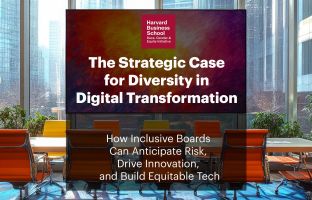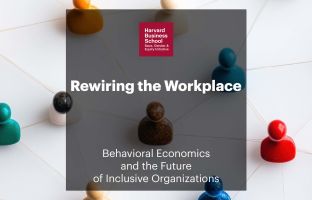This June, we’re reflecting on the cultural and political progress of the past few decades, as well as the tenuous condition of LGBTQ+ rights under threat from polarizing rhetoric and legislation. Equity necessitates space and safety for all groups, but our systems center on a particular narrative archetype of heteronormativity that has negatively impacted the LGBTQ+ community.
The 2015 Supreme Court ruling legalizing same-sex marriage was a cultural inflection point, bookended by other strides suggesting that global sentiment toward LGBTQ+ expression is trending positively. In many parts of the world, LGBTQ+ individuals can more safely exist publicly, receive sensitive and affirming healthcare, and be employed with less discrimination.
However, a rising tide of pushback against gender non-conformity and LGBTQ+ youth threatens this progress. Our organizations are situated within these societal tensions, which will continue to pose challenges for leadership and LGBTQ+ employees’ well-being.
In this edition of our newsletter, we consider scholarship demonstrating how LGBTQ+ discrimination continually emerges and explore how leaders can attenuate prejudice to transform organizational culture.
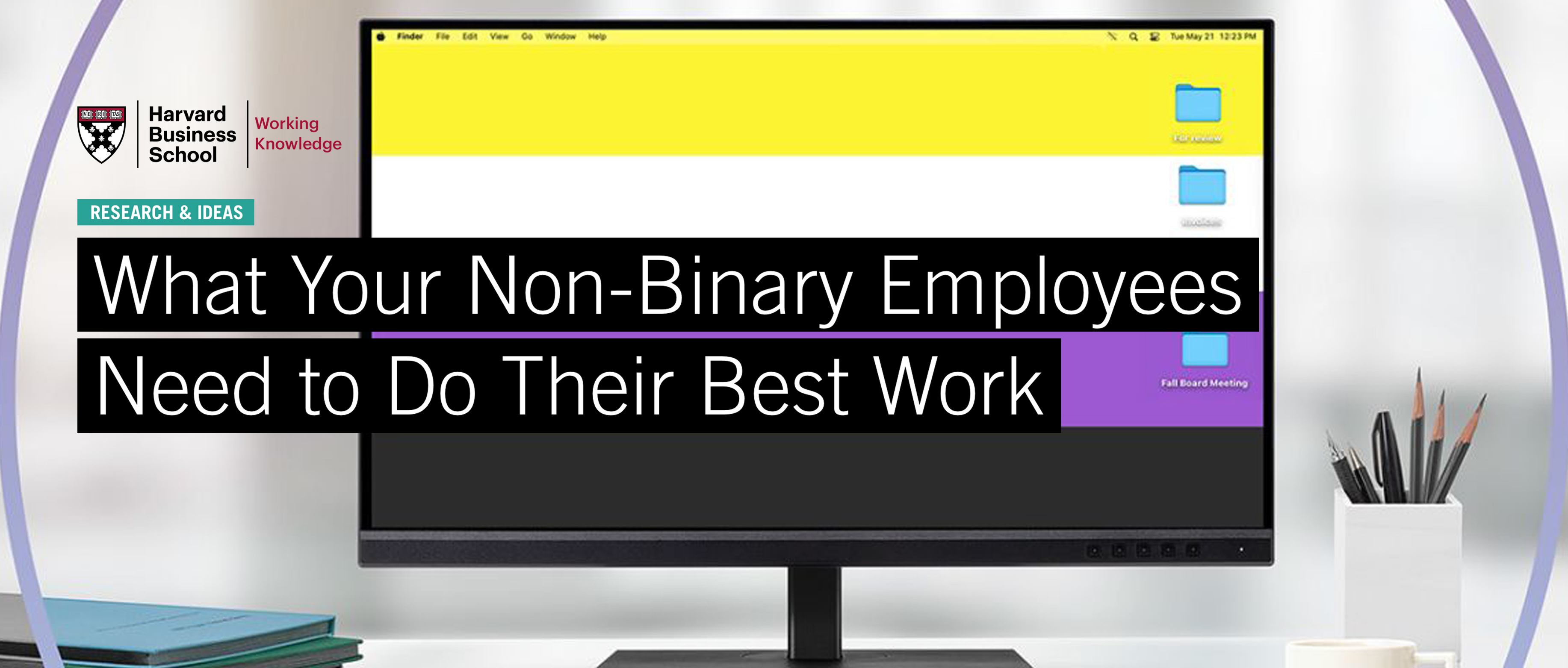
Understanding Non-Binary Experiences
Gender diversity is a widely discussed subject in today’s climate. While there could be evidence that cisgender individuals who identify as LGBTQ+ are more accepted in today’s society, gender non-conforming individuals—namely transgender and non-binary people—are more likely to report discrimination in public spaces than their cisgender peers. In addition to diverse external presentation, non-binary individuals often have differing value systems to cisgender and heterosexual people, rendering them either less visible or a source of friction. It’s critical to consider how these divergent perspectives can, instead, enrich us and our organizations.
- In her recent article, “Non-Binary Gender Economics,” HBS Professor Katherine B. Coffman identifies key gender-based behavior determinants that shape individuals’ outcomes, including aspirations, risk-tolerance, and social attitudes.
- Non-binary individuals, overall, report more discrimination than both cisgender men and women, particularly in settings such as school, healthcare visits, in public, and while interacting with law enforcement. However, in the workplace, they report similar levels of gender-based discrimination to women. Their average salary and unemployment rates were correspondingly poorer, reporting lower net income and higher unemployment.
- This finding illuminates the intersectional nature of the struggle for gender equity. Our decades-long efforts toward gender parity should include and can support other marginalized groups like gender-nonconforming individuals.
- Non-binary employees report lower self-assertion—a term that encompasses competitiveness, self-advocacy, and negotiation capacity—than both cisgender women and men. Non-binary individuals are, on average, a younger demographic, but even considering that difference, they are unlikely to thrive in workplaces that incentivize hyper-competition and expect employees to always self-nominate for stretch assignments.
- This insight could encourage employers to re-evaluate their culture to include more direct mentorship, intentional succession planning, or other tactics that help encourage visibility for non-binary employees and other underrepresented groups.
- Non-binary individuals, overall, report more discrimination than both cisgender men and women, particularly in settings such as school, healthcare visits, in public, and while interacting with law enforcement. However, in the workplace, they report similar levels of gender-based discrimination to women. Their average salary and unemployment rates were correspondingly poorer, reporting lower net income and higher unemployment.
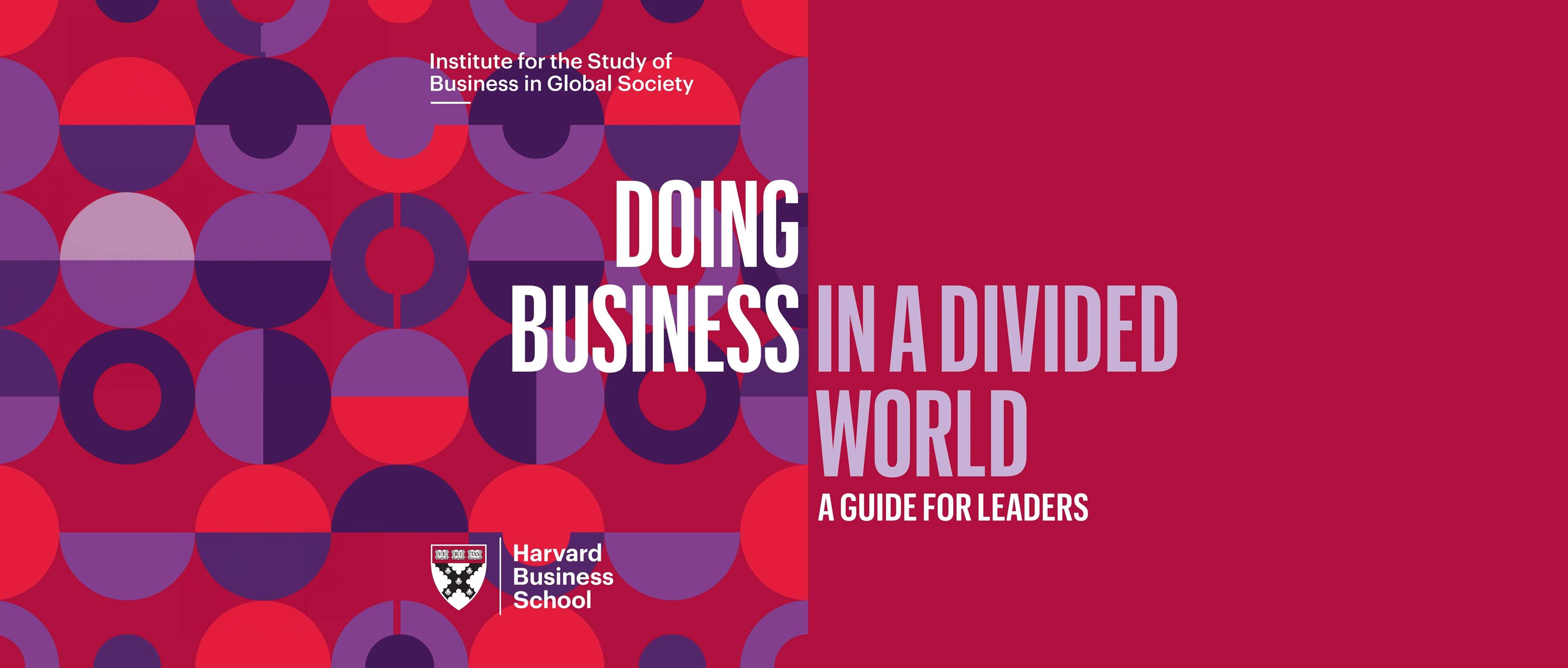
What Can Leaders Do?
Digesting these findings behind inequity is a crucial step to taking reparative action. But how can leaders determine when to step in, and how to act in an effective way? HBS’s Institute for Business in Global Society convened business leaders in Detroit to discuss approaches to tackling systemic challenges in the workplace.
Employers firstly must realize that their employees put more trust in their own employer than they would in other businesses, particularly to mirror and execute their personal values. This is a major commitment that employers have the opportunity to honor through company initiatives.
Companies should be firm in their values and communicate those values both internally and externally. This gives employers a clear foundation to take a stance when cultural and social crises begin to affect their employees and relevant stakeholders. This step will also support business leaders in applying the interventional framework that emerged out of the Midwest business leaders’ summit:
- Is the issue relevant to the company’s brand, values, purpose, customers, or employees?
- Does the company have legitimacy to get involved in the topic?
- Is the company’s stance authentic and thoughtful, not just opportunistic?
- Is there congruence between the company’s positions and actions?
- What is the likely business impact of the company’s involvement?
This framework is an effective way to stay true to your belief system, be a good corporate citizen, and make aligned business decisions when your employees need support and advocacy.
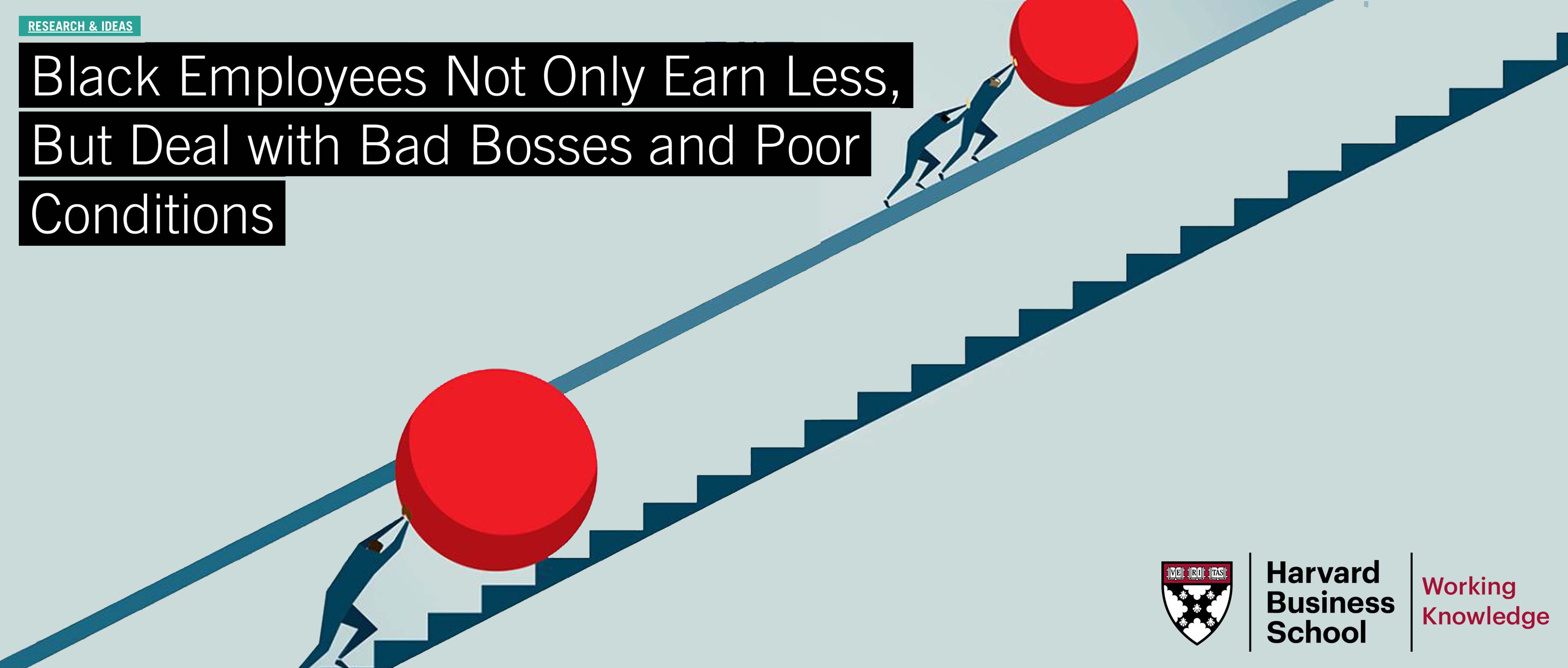
Spotlight on Juneteenth
On June 19th, we honored the day of Black emancipation and the legislative abolition of chattel slavery. Though this marks a significant date in the Black American community, the systemic legacy of slavery remains deeply entrenched in our society today. Black Americans have made huge strides in both civil rights and professional accomplishments through organization and self-advocacy against a society that is slow to shed its history.
Today, we’re highlighting research from HBS Professor Letian Zhang that illustrates the challenges that persist for Black employees in the workplace today.
Professor Zhang found that Black employees reported the poorest working conditions among all racial groups. This translated to worker protections, workplace amenities, and an overall lack of promotional opportunities. This phenomenon could be explained by:
- Systemic issues: the most current findings surmise that Black workers are isolated from the networks that help employees enter lucrative corporate positions due to geographical segregation and a lack of access to the institutions where these networks are formed.
- This gap widens in areas where Black communities are concentrated, particularly the American South.
These findings can be guideposts for policymakers to track metrics of systemic disparities such as the ones used in Professor Zhang’s study, ultimately leading to better policies for equitable hiring.

Relationships Across Difference
It is more urgent than ever that policymakers and business leaders continue investing in better hiring practices and workplace conditions for their marginalized employees. We at RGE have closely tracked the recent polarity around DEI in workplaces, and we are heartened to report that there are efforts to not only retain DEI efforts but also improve its efficacy.
Our colleague and BiGS Racial Equity Fellow Professor Stephanie Creary is leading the charge toward solutions for inequality. In a roundtable, RGE Faculty Chair, HBS Professor Robin Ely, and other scholars discussed strategies to reconcile the cultural fear around politically charged subjects and the needs of stakeholders most affected by inequality. Read the full piece to discover all the insights from the gathering and to learn more about Professor Creary’s efforts.



